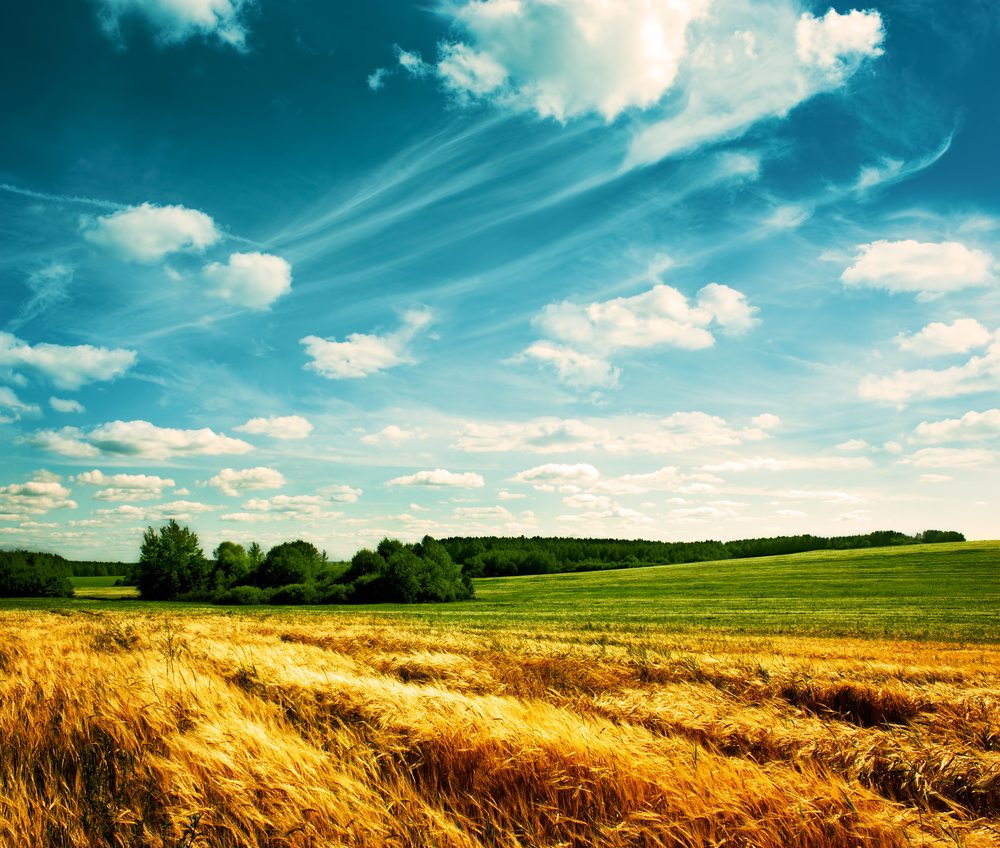
As any seasoned cowboy knows, ranching is a gamble. You can’t predict which cards Mother Nature will deal you, or if the markets will work in your favor.
If you own ranch property in the Lone Star state, you understand this too well. Every county in Texas was plagued by drought at least one out of the last five years. And in 2011, parched pastures led to a historic reduction in Texas cattle numbers, as ranchers reduced their herd size in order to cut their losses.
With the approach of spring, improved moisture conditions in most Texas regions offer hope for better hay crops and greener rangeland this year than last.
Still, if you’re a rancher or hay producer who would rather not gamble on the unknown, there is a way to hedge your bets: It’s called Pasture, Rangeland and Forage (PRF) Insurance.
This risk management tool allows you to insure both improved and unimproved pasture, as well as land that you intend to use for hay production. PRF, by design, is used to insure against a decline in rainfall or vegetation for rangeland and perennial forages.
A 184 PERCENT RETURN ON PREMIUMS IN 2012
For many landowners affected by drought, the program has been a blessing. Texas Farm Credit, a rural lender that offers insurance products to ranchers and farmers, reports that its PRF policy holders realized a 184 percent return on their premiums in 2012.
One of those policyholders, a central Texas cow-calf producer, was particularly glad he purchased PRF insurance that year.
“In 2012, which was one of the driest years this cattleman has experienced, he received indemnity payments that were more than five times the cost of his premium,” says his loan officer, Charles Holtkamp, vice president and Brenham branch manager for Texas Farm Credit.
“PRF insurance gave him immediate financial relief to cover feed costs as well as extra time to evaluate his destocking options. Although conditions have improved, you can be sure he took out a PRF policy again last year,” Holtkamp says.
PAYOUTS COVER FEED PURCHASES, LEASE PAYMENTS
Similarly, Rachel Myers, director of insurance services for Great Plains Ag Credit in Amarillo, reports that PRF insurance has helped ease the financial burden on many producers throughout Texas, Oklahoma and New Mexico in recent years by providing timely payments to help cover the cost of purchasing additional feed and hay, or making lease payments.
“Since 2011, rainfall in our region has been well below average, and thus forage production for most producers was reduced. As the drought continues to plague our region, and reduce or eliminate grazing and haying potential of the land, the PRF payments allow producers to continue to pay leases rather than give up land that they may never have another chance to operate,” Myers explains.
For those who are weighing the pros and cons of PRF insurance, Myers offers this observation: “When livestock prices are higher, you stand to lose more if you have poor grass or a hay crop fails.” In addition to PRF insurance, she also suggests that ranchers consider purchasing broad-form livestock insurance or even full mortality coverage for high-value animals.
Known by various names, including grass insurance, hay insurance and rainfall insurance, PRF insurance is a customizable product developed by the USDA’s Risk Management Agency, which also sets the rules and prices. With PRF, landowners and lessees can choose:
- The specific months they want to be insured
- The number of acres they want to insure
- The type of land (hay or pasture) they want to insure
- The percentage of average historic rainfall they want to insure
In Texas, rainfall amounts are determined by the National Oceanic and Atmospheric Administration (NOAA), which means that there are no reporting or record-keeping requirements for participants. Each two-month insurance interval stands alone, so even if a wet period immediately precedes a dry period, the dry months can still pay out.
DECISIONS TO MAKE BEFORE YOU SIGN UP
Acreage: Individuals can insure all or part of their owned or leased property. If applicable, Farm Service Agency farm numbers or lease agreements are required to prove ownership and interest.
Level: Coverage ranges from 70–90 percent of the average rainfall (or vegetation) index. The final grid index must come in below the chosen coverage level in order to trigger a payment.
Protection Factor: This ranges from 60–150 percent and allows individualization based on the productivity of the insured property compared to the county average.
Index Intervals: These are the specific two-month time periods during which data are collected in order to calculate the expected and final grid indices.
PRF insurance is available from local crop insurance agents, including some Farm Credit lending cooperatives.